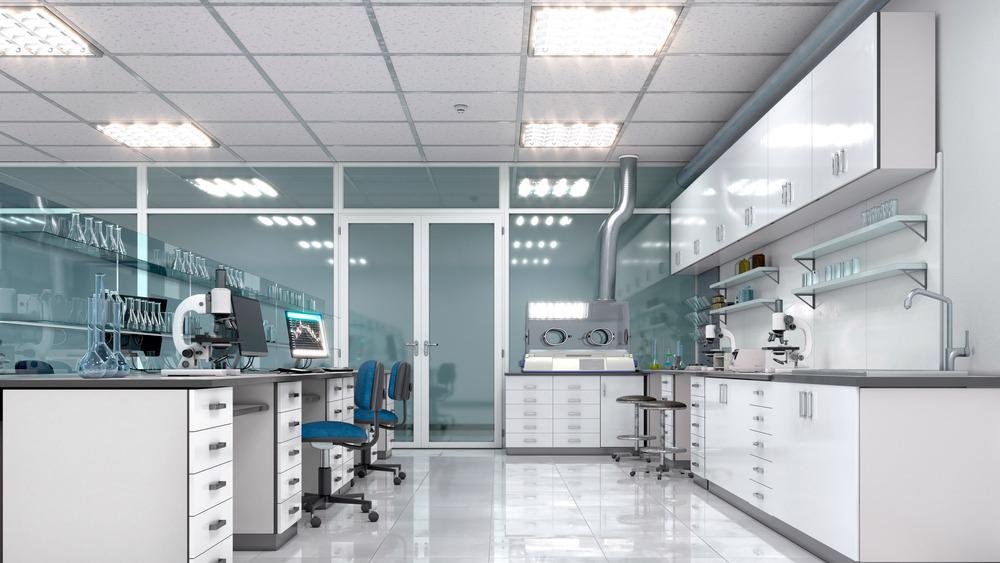A team of researchers from institutions in the USA, China, Canada, and Korea has reported the development of hydrogel patches for accelerated wound healing. Their findings are to be published in the journal Biomaterials.

Study: Flexible patch with printable and antibacterial conductive hydrogel electrodes for accelerated wound healing.Image Credit: urfin/Shutterstock.com
Wound Healing
Insufficient wound healing is a common health burden. Millions of people worldwide are affected annually by wounds. Trauma, surgeries, superficial incisions, and abrasions can all cause wounds to occur, and minor wounds can become chronic wounds if not treated and repaired properly. Moreover, aging and common health conditions such as diabetes and vascular conditions can complicate wound healing.
Excessive inflammation, elevated ROS levels, and recurring infections can cause a wound to go unhealed for lengthy periods of time.
Techniques explored in research to promote wound healing include wound debridement, microneedles, dressings, growth factor-based drugs, and ultrasound. Regardless of which approach is used, average wound healing times can be lengthy, with periods of 12 weeks for patients suffering from pressure ulcers common. Wound healing can present significant problems for patients, including physical pain, psychological trauma, and financial burdens.
Developing more efficient and reliable strategies to promote faster wound healing is important to reduce the health burden faced by hospitals and improve the quality of life of patients. Moreover, they are essential for conflict and disaster zones.
Electrical Field Stimulation
Improving methods to promote more efficient, quicker wound healing is a key research area in the biomedical sciences. Electrical field stimulation is a highly efficient technique for accelerating wound healing which has minimal side effects, but current devices possess limitations. Commonly used devices tend to be bulky and incorporate rigid electrodes, which impacts their ability to conform to wounds properly.
Several studies have reported that inducing electrical fields at wound sites guides the migration and proliferation of cells, especially fibroblasts and epithelial cells. This is due to the techniques activating downstream transducing signals and ion channels. Immune modulation and angiogenesis have been observed in studies, which are both important for the wound healing process.
Conventional electrical field stimulation devices can help 18-month intractable wounds heal completely in the space of 12 weeks, but the conformity issues present challenges in their operation. There is the possibility of increased inflammation, and long-term applications may cause undue psychological stress for patients, as evidenced by some studies.
Another issue is that not all wounds are the same. They can differ in shape and size, presenting further issues with compatibility as devices may not possess the correct dimensions to provide optimal coverage of a wound. Devices and patches must be customized to provide more efficacious treatment. Despite the potential of electrical field stimulation, more efficacious options are needed in biomedical research. Hydrogels and flexible, wearable devices offer potential benefits.
The Study
The authors have reported a novel solution for accelerated wound healing that possesses advantages over conventional strategies. A flexible patch, termed the ePatch, has been developed in the research that works on electrical field stimulation. The ePatch incorporates electrodes that are composed of directly printed hydrogels.
The proposed device improves upon previously reported strategies. Benefits include flexibility, which improves comfort and conformability, a low-cost fabrication process, printability, and simple components. Furthermore, the ePatch is highly biocompatible and stable at the wound site. The authors have stated that this is an unprecedented solution that overcomes the common issues in the fields of personalized wound care and bioelectric research.
Two FDA-approved wound dressing components have been used in the ePatch: silver nanowires and methacrylated alginate. Silver nanowires are used for delivering the electrical field to the wound to accelerate healing. The matrix formed by methacrylated alginate improves mechanical compliance, printability, biocompatibility, and stability. The use of silver also improves the antibacterial properties of the patch. Moreover, nanowire morphology helps the electrode to maintain its conductivity under stress conditions.
The hydrogel contains calcium ions, which induce cell proliferation and migration when electrical stimulation is applied. Additionally, the presence of these ions within the alginate contributes to homeostasis at the wound site, further promoting rapid wound healing. The hydrogels shear-thinning properties were modified and optimized to promote more efficient direct printing onto a patch, which improves its use in personalized wound treatment.
Alginate was chemically modified to form a double-crosslinked network to enhance the electrode’s stability in an aqueous environment. The novel device’s performance and mechanical properties were thoroughly analyzed and categorized in the paper.
The results of the research demonstrated that the ePatch displays improved stability, efficiency, and efficacy for rapid wound healing. Moreover, the impact of foreign implants can be mitigated by the ePatch, presenting further opportunities for wound treatment. Finally, the authors have stated that further optimization of the device will be beneficial for multidisciplinary medical research.
More from AZoM: Which Alloys Are Prone to Corrosion, and How Can We Prevent It?
Disclaimer: The views expressed here are those of the author expressed in their private capacity and do not necessarily represent the views of AZoM.com Limited T/A AZoNetwork the owner and operator of this website. This disclaimer forms part of the Terms and conditions of use of this website.
Source:
Wang, C et al. (2022) Flexible patch with printable and antibacterial conductive hydrogel electrodes for accelerated wound healing [online, pre-proof] Biomaterials 121479 | sciencedirect.com. Available at: https://www.sciencedirect.com/science/article/abs/pii/S0142961222001181